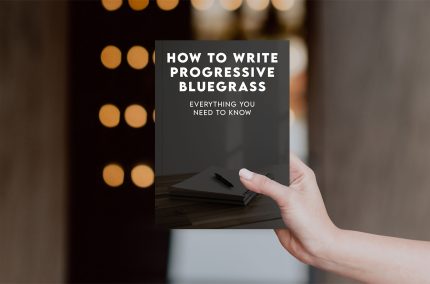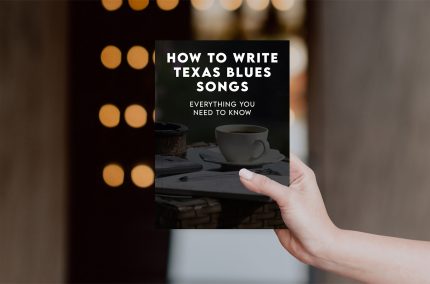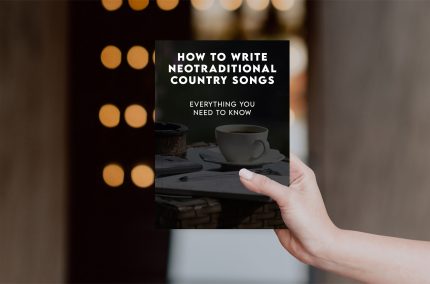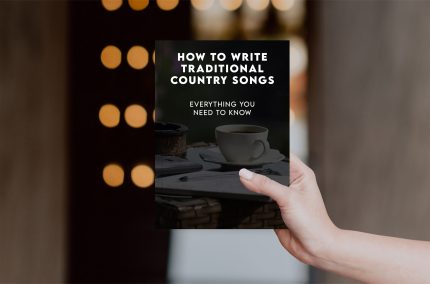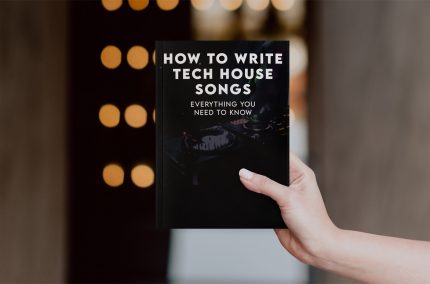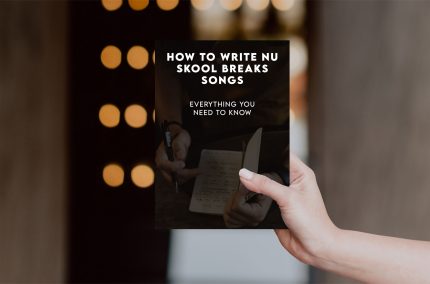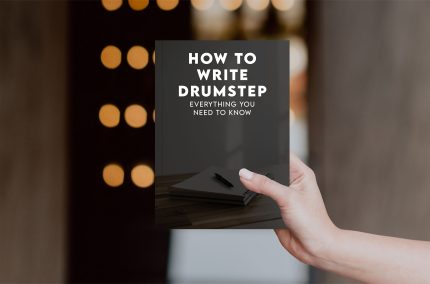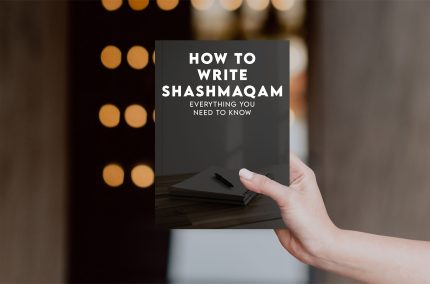How to Write Progressive Bluegrass Nu-Grass Songs eBook (Instant Download)
- Imagery and objects that beat vague angst
- Simple release plans you’ll actually follow
- Turning messy feelings into singable lines
- Structures that carry emotion without padding
- Melody writing that respects your range
- Revisions that keep truth and drop filler
- Artists who want repeatable, pro‑feeling results without losing soul
- Templates
- Prompt decks
- Troubleshooting guides
- Tone sliders
How to Write Texas Blues Songs eBook (Instant Download)
- Comping that leaves space for the story
- Blues forms, rhythm changes, and reharm basics
- Solo structure—motifs, development, release
- Phrasing over swing vs straight feels
- Ending tags and codas that feel classic
- Lyric cool: subtext, irony, and winked punchlines
- Vocalists and bands blending tradition with fresh stories
- Rhyme colour palettes
- Form maps
- Motif practice prompts
- Coda/ending cheat sheet
How to Write Neotraditional Country Songs eBook (Instant Download)
- Prosody: melody shapes that fit your vowels
- Release cadence: singles, EPs, and live takes
- Editing passes—truth stays, filler goes
- Objects > feelings—imagery that carries weight
- Guitar/piano patterns that support the story
- Finding voice: POV, distance, and honesty with boundaries
- Writers who want raw feeling with modern clarity
- Object prompt decks
- Verse/chorus blueprints
- Anti‑cringe checklist
- Tone sliders from tender to wry
How to Write Traditional Country Songs eBook (Instant Download)
- Finding voice: POV, distance, and honesty with boundaries
- Release cadence: singles, EPs, and live takes
- Objects > feelings—imagery that carries weight
- Guitar/piano patterns that support the story
- Editing passes—truth stays, filler goes
- Prosody: melody shapes that fit your vowels
- Writers who want raw feeling with modern clarity
- Anti‑cringe checklist
- Object prompt decks
- Tone sliders from tender to wry
- Verse/chorus blueprints
How to Write Tech House Songs eBook (Instant Download)
- Tempo bands, swing choices, and groove psychology
- Kick design, tuning, and sidechain setup
- Hat, clap, and shaker language that moves hips
- Bassline writing with clean sub and mid bite
- Vocal chops, stab hooks, and FX that glue sections
- Eight and sixteen bar phrasing for drops, breaks, and outros
- Producers and DJs who want reliable club tools with identity
- Pattern starters, MIDI ideas, and sound design recipes
- Mix and master checklists for club translation
- Extended, radio, and DJ tool print specs
- Troubleshooting for small drops, harsh highs, and muddy low mids
- Serve the groove. Protect the kick. Make the room go off.
How to Write Nu Skool Breaks Songs eBook (Instant Download)
- Melody writing that respects your range
- Imagery and objects that beat vague angst
- Structures that carry emotion without padding
- Revisions that keep truth and drop filler
- Simple release plans you’ll actually follow
- Turning messy feelings into singable lines
- Artists who want repeatable, pro‑feeling results without losing soul
- Troubleshooting guides
- Prompt decks
- Templates
- Tone sliders
How to Write City Pop Songs eBook (Instant Download)
Capture neon romance and cruise ready polish. Blend jazz kissed chords, silky bass, and breezy hooks that sound like midnight drives with windows down. Arrange glossy verses, radiant choruses, and bridges that sparkle. Keep grooves soft while melodies glide.
- Seventh and ninth progressions with tasteful lifts
- Rhythm guitar and Rhodes patterns that shimmer
- Topline shapes for effortless chorus lift
- Bass and drum pocket for smooth motion
- Mix choices that feel glossy without glare
You get: Chord banks, melody maps, side A and side B guides, and tone recipes. Outcome: A city that glows inside a perfect chorus.
How to Write Philly Club Songs eBook (Instant Download)
- Simple release plans you’ll actually follow
- Imagery and objects that beat vague angst
- Melody writing that respects your range
- Structures that carry emotion without padding
- Revisions that keep truth and drop filler
- Turning messy feelings into singable lines
- Artists who want repeatable, pro‑feeling results without losing soul
- Prompt decks
- Tone sliders
- Templates
- Troubleshooting guides
How to Write D-Beat Songs eBook (Instant Download)
Barrage the room with righteous speed and clarity. Nail the d-beat engine. Write riffs that bite. Shout truths that hit in one listen. Keep arrangements direct and endings brutal. Make every second count.
- Core beat anatomy and stamina training
- Riff cells for menace and forward motion
- Lyric frames for protest, survival, and solidarity
- Gang vocal staging and shout cues
- Mix choices for grind without mud
You get: Practice plans, song skeletons, lyric sprints, and live setup guides. Outcome: Explosive tracks that level small rooms.
How to Write Drumstep Songs eBook (Instant Download)
- Arrangement contrasts—silk vs steel moments
- Lyric shapes that survive tempo mapping
- Distinct drops vs second‑drop evolutions
- Chop techniques for vocals that sing as drums
- Hybrid grids: half‑time feel with D&B motion
- Bass movement without masking the snare
- Bass producers bridging dubstep drama and D&B speed
- Vocal‑chop workflows
- Mix translation tests
- Tempo map templates
- Drop motif banks
How to Write Hyperpop Songs eBook (Instant Download)
Explode pop forms with maximal color and feelings. Use sweet melodies over wild sound design. Slam transitions that feel like tab switches. Keep hooks simple and unforgettable while verses spill personality. Make chaos read as joy.
- Topline sprints and candy vowel placement
- Glitch, formant, and resample chains that sparkle
- Drum programming for bounce and whiplash fills
- Lyric angles that mix irony and heart
- Mastering targets that stay loud yet friendly
You get: Hook labs, FX racks, arrangement flips, and vocal stack recipes. Outcome: Pop that screams and still hugs.
How to Write Shashmaqam Songs eBook (Instant Download)
Compose within the Shashmaqam tradition with respect and clarity. Understand maqom structures, melodic paths, and rhythmic cycles. Shape vocal lines that honor ornament and text. Arrange dutar, tanbur, nay, and frame drums with space for breath and devotion.
- Maqom overviews and characteristic motifs
- Usul rhythm guides with hand pattern notation
- Text setting for poetry and classical diction
- Call and response forms for solo and ensemble
- Recording approaches for authentic room tone
You get: Reference charts, practice ladders, pronunciation help, and ensemble seating plans. Outcome: Works that honor lineage and communicate beautifully.

